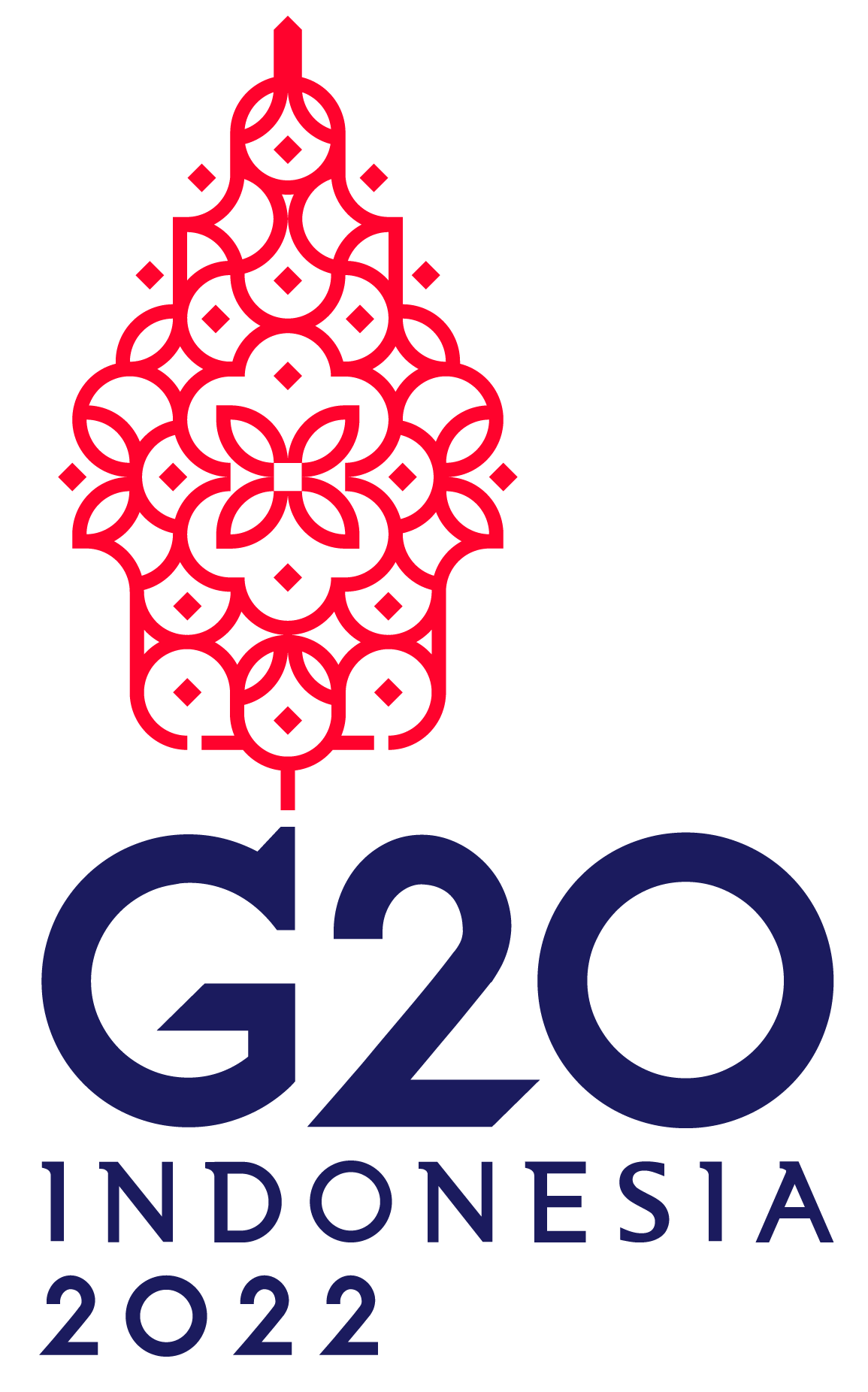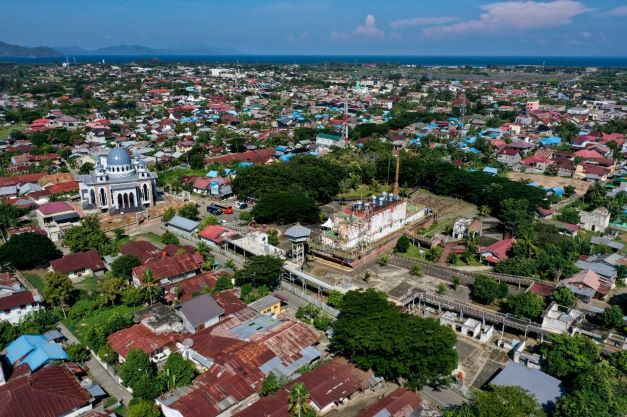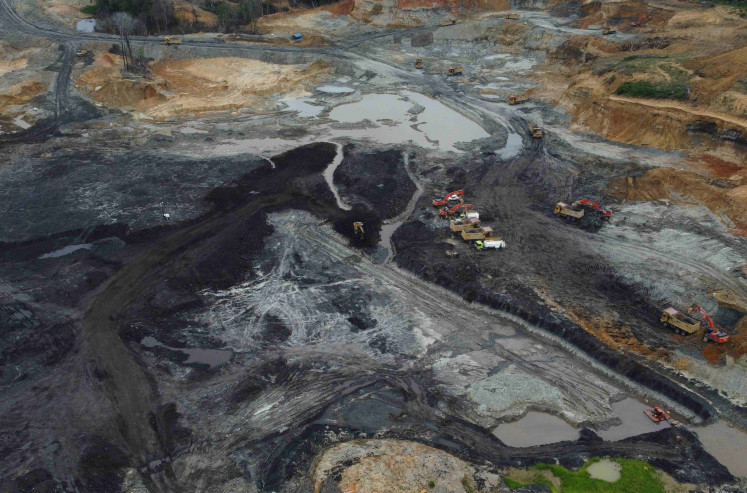Popular Reads
Top Results
Can't find what you're looking for?
View all search resultsPopular Reads
Top Results
Can't find what you're looking for?
View all search resultsEarly warning, early action to keep communities safe
Over 700 million people, with a high degree of urbanization, live in low-lying coastal areas and Small Island Developing States exposed to extreme oceanic events including tsunamis.
Change text size
Gift Premium Articles
to Anyone

In 2004, the Indian Ocean Tsunami took the lives of more than a quarter of a million people and affected 14 countries. Indonesia, which bore the brunt of the tsunami, lost at least 170,000 people.
Now, 18 years later, we sadly find that still half of the countries of the world lack a multi-hazard early warning system, according to a new report by the United Nations Office for Disaster Risk Reduction (UNDRR) and the World Meteorological Organization (WMO). Even worse, Small Island Developing States, which are the most vulnerable to tsunamis, report that only one-third of them have such warning systems.
Tsunamis are rare but are one of the deadliest and most devastating hazards. In most cases, coastal communities only have minutes to act once a tsunami is detected.
Over 700 million people, with a high degree of urbanization, live in low-lying coastal areas and Small Island Developing States exposed to extreme oceanic events including tsunamis. Hence, strengthening tsunami early warning systems to be multi-hazard and to cover all at risk-communities, especially the most vulnerable groups, is essential to surviving one and minimizing damage.
Expanding multi-hazard capacities can help countries detect tsunamis that are triggered by forces other than earthquakes. Examples include the landslide that caused the 2018 Sunda Strait tsunami in Indonesia and the volcanic eruption that caused the 2022 Tonga tsunami.
The report also notes that few countries are investing in building their understanding of risk and helping communities prepare for these risks to take early action once warnings are issued. As early warnings are only as good as their ability to trigger life-saving actions, these elements should not be overlooked by authorities.
Some tsunami-prone countries, such as Indonesia, have invested in building local preparedness and have sought to strengthen the resilience of schools and hospitals. And Japan has for years now sponsored a school tsunami evacuation program for school children in 23 countries in the Asia-Pacific region.
At the international level, the United Nations Educational, Scientific and Cultural Organization (UNESCO) Intergovernmental Coordination Group for the Indian Ocean Tsunami Warning and Mitigation System, established the Ocean Decade Tsunami Program in 2022. Under this program, it aims to train all at-risk coastal communities in the event of a tsunami by 2030 by expanding its Tsunami Ready Recognition Program.
However, much more is needed to help developing countries build up their capacity to develop and maintain effective early warning systems that leave no one behind.
Implementing Target G of the Sendai Framework for Disaster Risk Reduction, which calls for the expansion of early warning systems by 2030, can help developing countries close the coverage gap.
However, expanding early warning coverage will require strong political commitment and substantial resources.
One opportunity to galvanize international support is during the upcoming COP27 climate change conference in Sharm El-Sheikh, Egypt, and where disaster losses and damages are expected to be a key area of the negotiations. Early warning systems have proven to be a concrete measure to avert and minimize losses and damages, while also reducing risk and enhancing preparedness and adaptation.
At COP27, the UN secretary-general will launch the Early Warnings for All Action Plan, led by WMO in partnership with UNDRR. This Action Plan will provide a roadmap for the realization of the goal set in March by the UN secretary-general that every person on Earth be covered by an early warning system in the next five years.
Some of the funding being promised by developed countries for climate resilience could be used to bolster early warning coverage for coastal communities, which are at risk of both tsunamis and extreme weather.
Another opportunity, also this month, is the Group of 20 heads of state and government summit which will take place in Bali, Indonesia. Indonesia is well-placed to advocate on behalf of developing countries at the Summit as it holds the current G20 presidency and was the host of the 2022 Global Platform for Disaster Risk Reduction.
The tragedy that was the Indian Ocean Tsunami left much devastation behind it but also left us with important lessons on what it takes to keep communities safe.
We now have several opportunities to build on these lessons to achieve early warning and early action for all. On this World Tsunami Awareness Day of Nov. 5, let us commit to ensuring no one is left behind and not wait for another tragedy to take action.
***
The writer is special representative of the United Nations secretary-general for disaster risk reduction and head of the United Mami Mizutori Nations Office for Disaster Risk Reduction (UNDRR).











